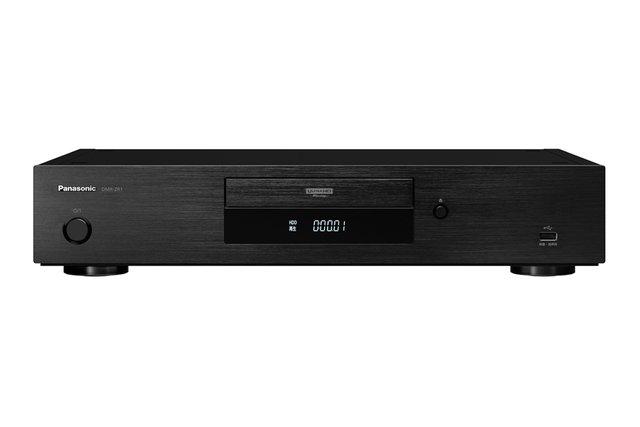Panasonic will release the 4K DIGA high-end model "DMR-ZR1" in pursuit of high image quality and high sound quality on January 28, 2022. The price is open, but it is expected to sell for around 360,000 yen including tax.

Panasonic will release the 4K DIGA high-end model "DMR-ZR1" in pursuit of high image quality and high sound quality on January 28, 2022. The price is open, but it is expected to sell for around 360,000 yen including tax.
